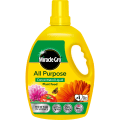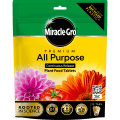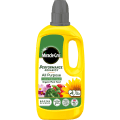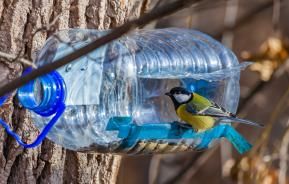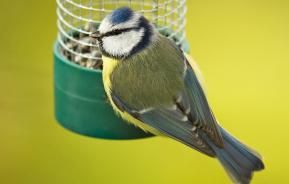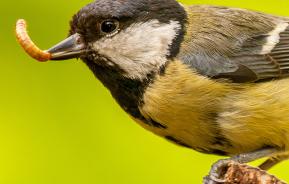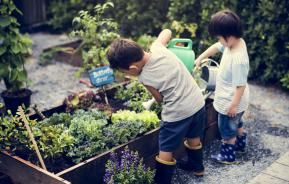It’s that time of scraping your windscreen, adding an extra layer of clothing for warmth and snuggling up by the fire but that also means it’s time for us to spare a thought for our small birds and wildlife, as temperatures plummet and food becomes scarce.
Giving nature a helping hand

We’re blessed in the UK with incredibly diverse wildlife and birdlife and as the days get colder, if you take the trouble to look, you may be surprised at the different types of birds that visit your garden or outdoor space.
Snow buntings may be spotted in Scotland or the east, you might see the waxwing with its trill call or be blessed with visiting chaffinches to name but a few of our winter birds.
But with spring still a long way off, it’s essential that our small birds maintain their fat reserves and many of them will struggle to find the food they need to ensure they survive.
Getting started with your bird table
Bird tables for our small birds are the obvious and easy answer to our winter dilemma and apart from helping our feathered friends to survive, the chances are they’ll bring you a great deal of pleasure too.
The best time to get out your bird table is between October and April when our small birds really need our help and there are lots of available bird tables on the market. Just visit your local garden centre to get an idea of what’s on offer.
Or of course, if you fancy it, you can make your own. The RSPB website has a basic plan and a list of all the essential materials that you’ll need, such as good quality wood. They recommend making it at least 30 x 50 cm with a rim and a roof if you can.
But if you’d rather buy, you can go for the more affordable and basic to the high tech but do bear in mind the other wildlife that may visit your garden and how and if your bird table and birds will interact with these other visitors.
Feeding the birds
When you’ve chosen your table, the next big question is what is the best bird food to put on it? The first thing to remember as you look around at the different options is to buy your bird feed from a reputable source.
You want to avoid seeds or nuts that appear mouldy, damp or covered in fungus and you also want to avoid bird mix that is high in cereal content. Peanuts (good quality and not of the salted variety) are a great food for your bird table and are high in protein and oil. You can even grow your own peanuts for this purpose.
Other common favourites are black sunflower seeds and sunflower hearts, both high energy feeders. And the good old fat ball, a firm favourite for children to make (or you can buy them) is another good choice. And don’t forget a clean source of water (that isn’t frozen) is also important.
Once you get started, it may take a few days for the birds to start feeding. Put a small amount of food each day to prevent it going mouldy gradually increasing the quantity as the number of birds increase. It won’t be long before bird word (or rather birdsong) gets out and they start to arrive.
Maintaining your bird table
Once you start feeding, try to keep going until spring when you may well notice that fewer birds are coming. Also, try and make sure your bird table and the area underneath remain clean, if needs be, by removing droppings and any mouldy food daily.
Then sit back and enjoy
If you’re keen on birds, you may want to consider taking part in the Big Garden Birdwatch later this month. It’s free, it’s important and it’s easy to take part in and a great way of getting a feel for the birds that visit your garden.
But failing that, once your bird table is in situ, it’s a great way of enjoying the outdoors from indoors and doing your bit to help our great British birds and migratory feathered friends. We’d love to know what birds have been visiting you. Share your photos in the comments below or on our social media pages as well as any tips you may have for bird tables and don’t forget to keep warm.

